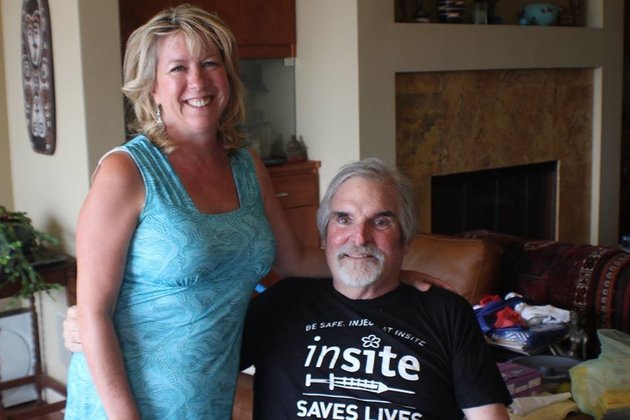Most people contract MRSA in a hospital environment – in fact 18,000 Americans do just that (and then die) every year.
Less well-known is that MRSA exists in some more natural environments that don’t have much to do with humans.
The latter two have typically been infected by humans, while the disease appears in pig sties thanks to the overuse and abuse of antibiotics in livestock. These are all directly attributable to human activity.
So where did MRSA originate from?
Researchers led by epidemiologist Tara Smith of the University of Iowa’s College of Public Health in Iowa City took samples from 114 animals that came into the Wildlife Care Clinic, which rehabilitates injured or orphaned animals, at Iowa State University in Ames. Seven of the animals, or 6.1%, carried S. aureus that was sensitive to methicillin; these included owls, pigeons, a beaver, a heron, and a squirrel. Three animals, or 2.6%, carried MRSA: two Eastern cottontail rabbits and a lesser yellowlegs, a migratory shorebird. (For comparison’s sake: An estimated 1.5% of Americans carry MRSA in their noses.) [Source: Science Magazine]
It is presumed that these wild animals have never received any antibiotics, nor would they have had contact with humans – so they most probably have picked up the bugs directly from their local environment.
Worryingly, one of the pigeons was carrying a strain of MRSA that was resistant to the antibiotic vancomycin – acknowledged as the last defense.
So, unfortunately for us, considering all the positive advances being made to make hospitals safer, a wild-animal-borne epidemic is a possibility, just one strain variation away. Imagine if it started spreading among pet cats or dogs?

